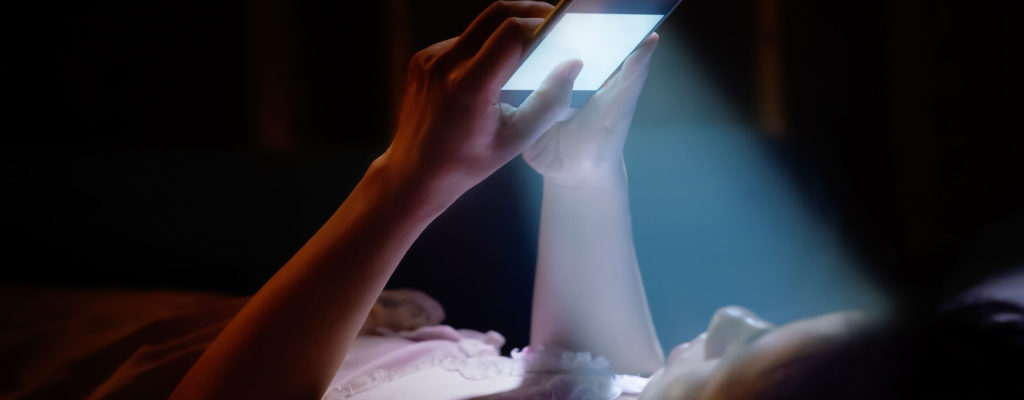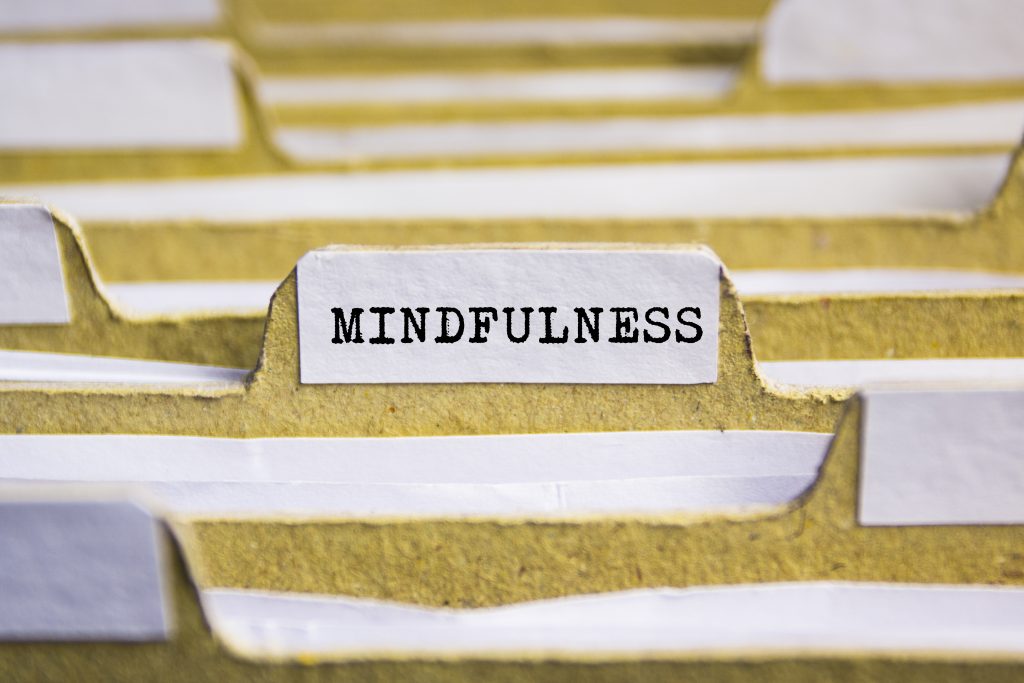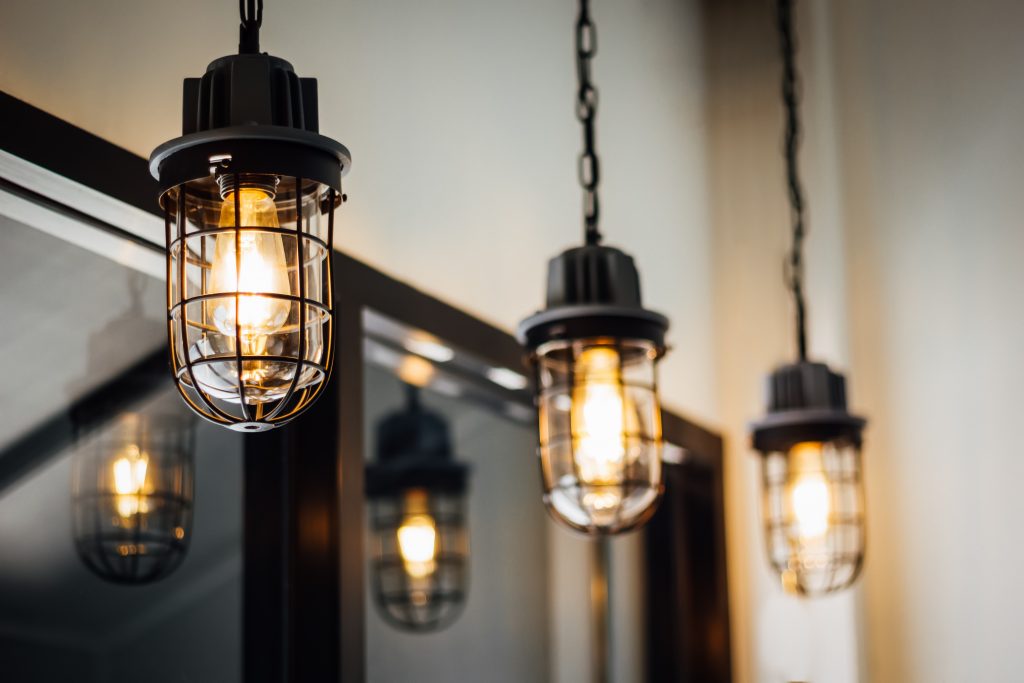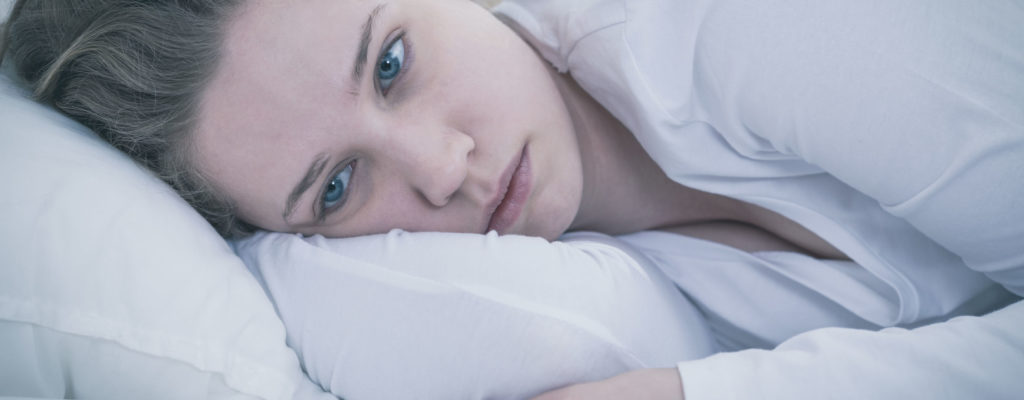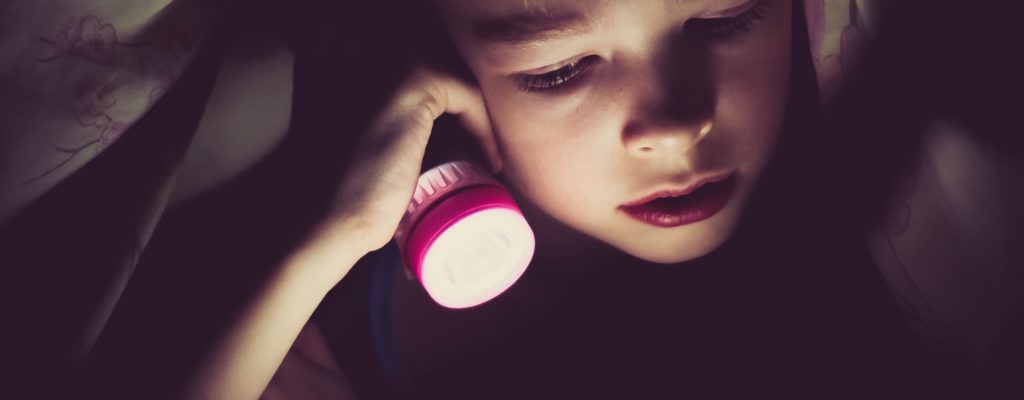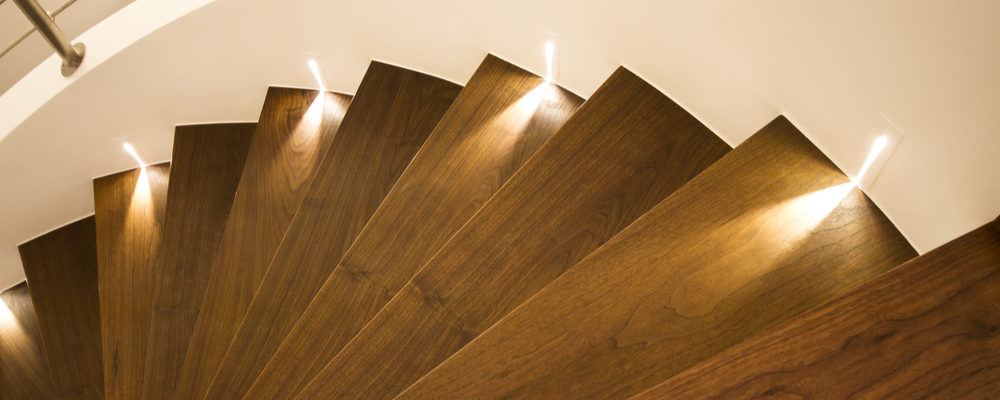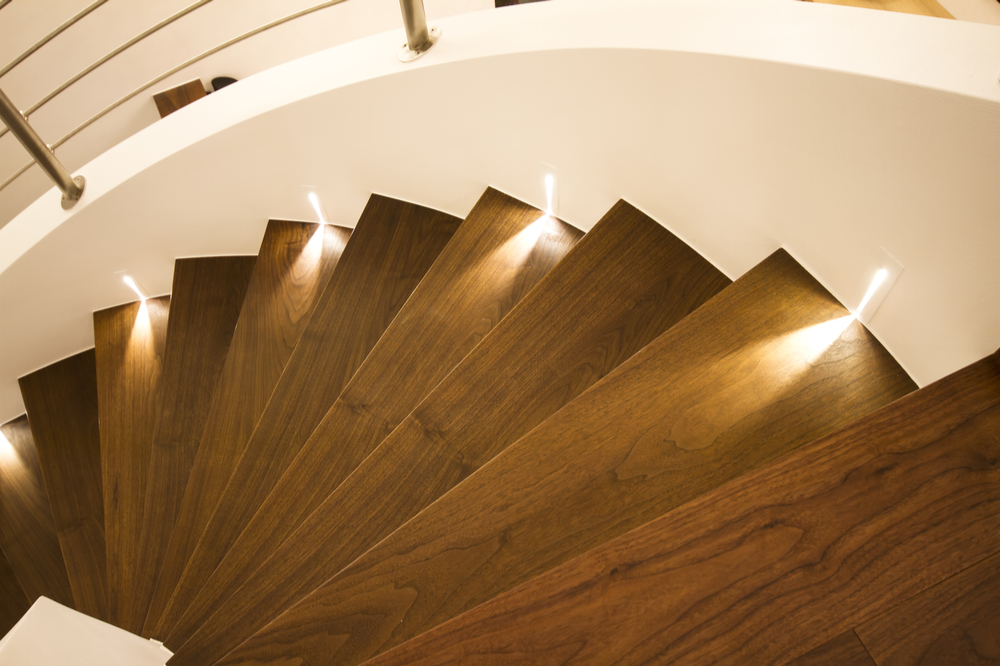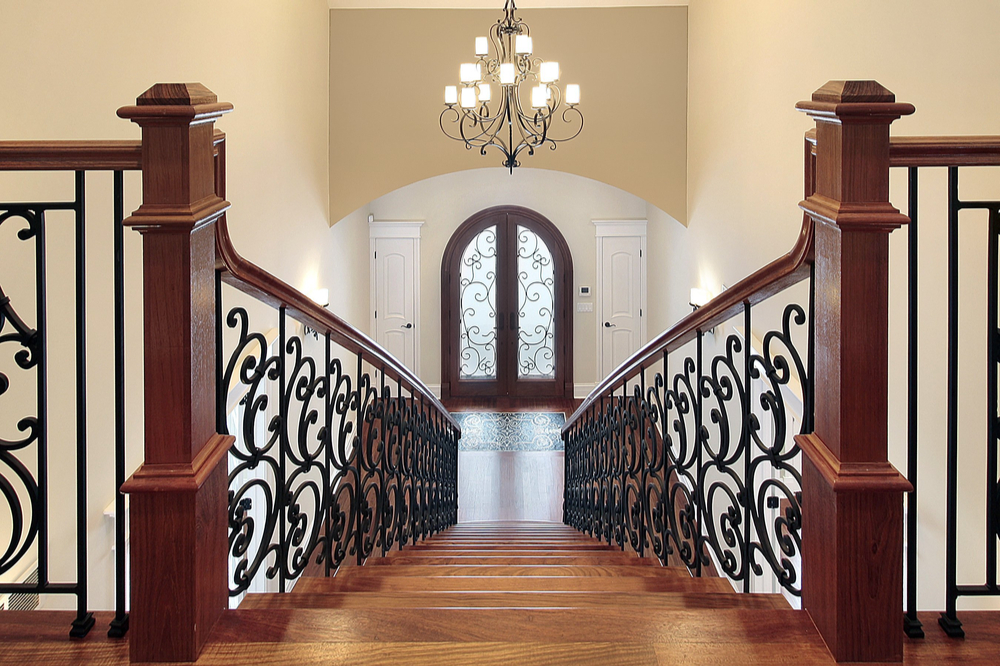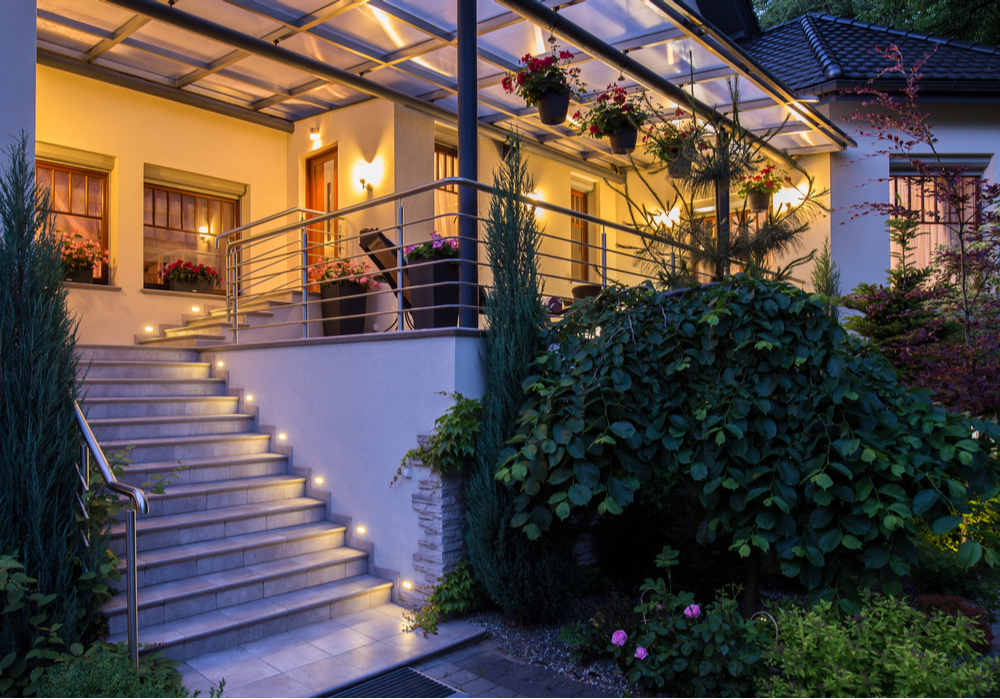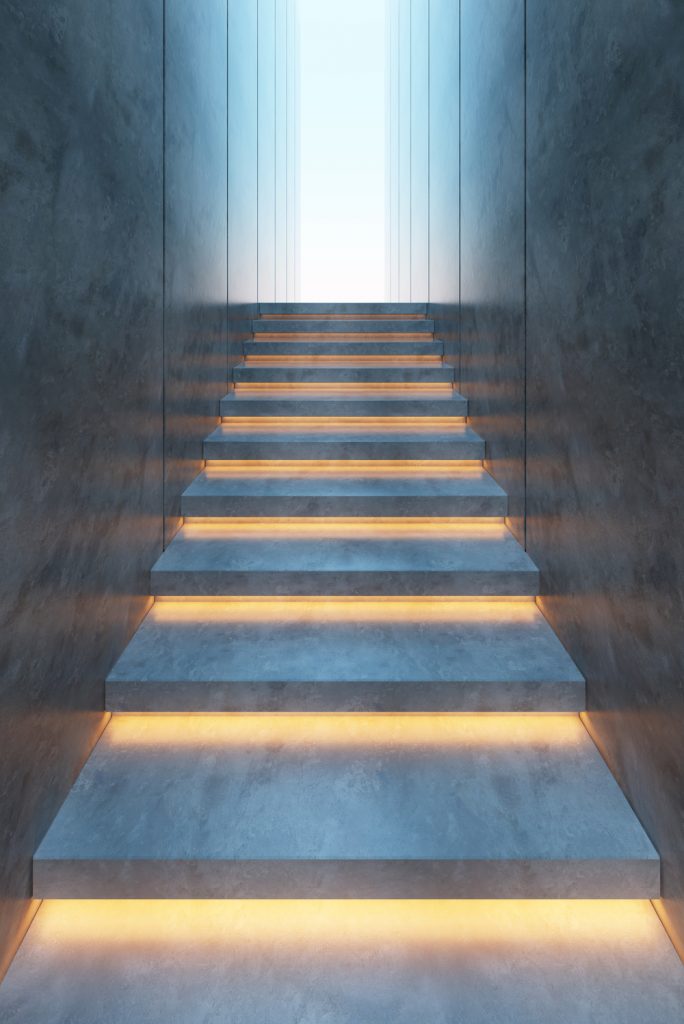As humans, we are surrounded by light. Unfortunately, over time, certain types of light waves can be damaging to our eyes!
With the naked eye, we can only detect lightwaves on the visible light spectrum, so it’s important to educate yourself on how to keep your eyes protected. As you might know from experience, ultraviolet light from the sun has the ability to burn your eyes. Neighboring ultraviolet light on the visible light spectrum is blue light, which is emitted from the electronic devices we use every day.
The good news is you can improve your eyesight by learning what forms of light cause long-term damage and let your future self thank you!
Visible Light Shouldn’t be Taken Lightly
The visible light spectrum contains all the colors of the rainbow. Our eyes are constantly exposed to different wavelengths of light, varying in length and strength. For example, at one end of the spectrum is ultraviolet (UV) light having one of the shortest wavelengths but carrying the most energy and infrared light is on the opposite side of the spectrum, with the longest wavelength and the least amount of energy.
The crazy part is that objects don’t actually have color. We only perceive an object’s color based off of the lightwaves a particular surface is reflecting and absorbing.
Objects aren’t the only thing that absorbs light– the human eye and brain work hand in hand to convert the energy from visible light into an image. Cones in our eyes are the ultimate receivers for visible light waves. Because of this, it is beneficial to be aware of the strongest visible light waves in order to preserve and improve your eyesight.

UV Light
UV light, short for ultraviolet radiation. This is the light we mentioned earlier as having the shortest wavelength but the most amount of energy. In other words, it is the strongest and has the ability to be the most damaging to not only your skin but your eyesight too.
Ultraviolet light is the light your mom probably warned you about, nagging you to wear sunscreen and sunglasses all summer long. As usual, your mom was right. Other sources of UV light include tanning booths, black lights, fluorescent and incandescent light sources. Although, you shouldn’t let UV light keep you from doing what you love or from being outside!
Just take this as a friendly reminder to use proper eye protection because no one is immune to UV light. The longer your eyes are exposed to solar radiation, the greater the risk of experiencing vision damage or developing cataracts later in life.
Pro-Tip #1: Take time to protect your eyes and improve your eyesight with 100% UV blocking sunglasses while outdoors and never look into the sun or a fluorescent light bulb directly. Also, make sure the lighting in your home is safe for you and your family!

Blue Light
It’s been a long day of staring at your computer screen. You come home and your eyes are feeling heavy and strained. Having trouble staying asleep? You may be exposing your eyes to too much blue light. Blue light is one step down from ultraviolet light on the visible light spectrum, producing high amounts of energy!
Studies show that too much blue light can disrupt the sleep cycle and cause Digital Eye Strain, also known as, “Computer Vision Syndrome.” The most common sources of blue light are our electronic devices including phones, tablets, and computers.
Too much exposure to blue light has been known to cause macular degeneration, indicating serious damage to the retina. In the digital age, this is becoming more and more common. Blue light is not something to be taken lightly.
Pro Tip #2: You can protect your eyes from electronic devices by purchasing blue light blocking glasses or turning on Night Shift mode. Night Shift mode automatically shifts the colors in your display to the warmer end of the spectrum, cutting out some of the blue light. Also, we suggest installing the proper lighting into your home to reduce visual strain!
Improve Your Eyesight
Improve your eyesight by protecting your eyesight! Simply being aware of the harmful forms of visible light is the first step. Taking the necessary precautions and purchasing protective eyewear will prevent common vision problems and save your eyes in the long run.
Be kind to your eyes, after all, they work so hard for you.
About Us
At Hobrecht Lighting, we take pride in creating lighting systems that improve the safety and wellness of your home. Hobrecht Lighting is engineered to reduce visual strain while enhancing visibility.
Light makes a house a home. At Hobrecht Lighting we know, light has the ability to set the mood and the overall feeling in a home. Introduce a healthier form of light into your home. Protect you and your family today by choosing Hobrecht Lighting.
